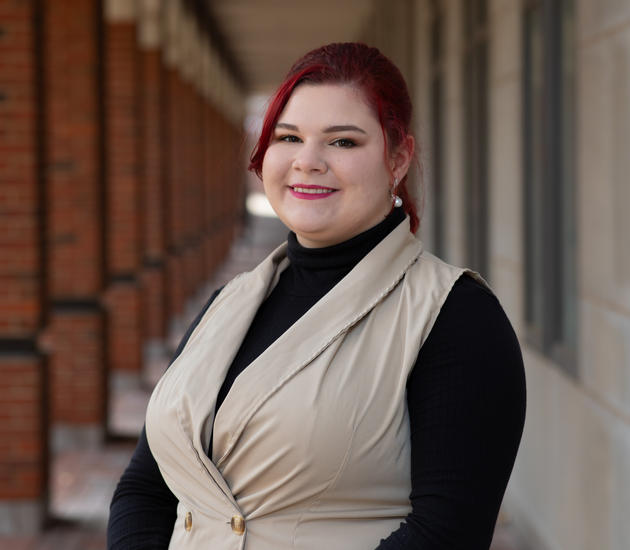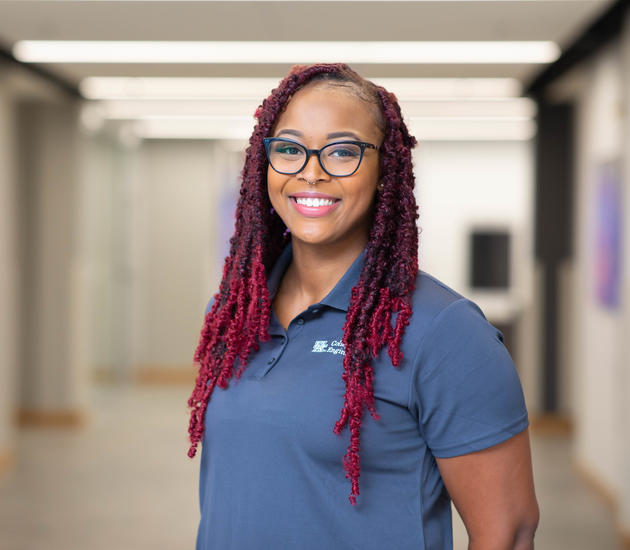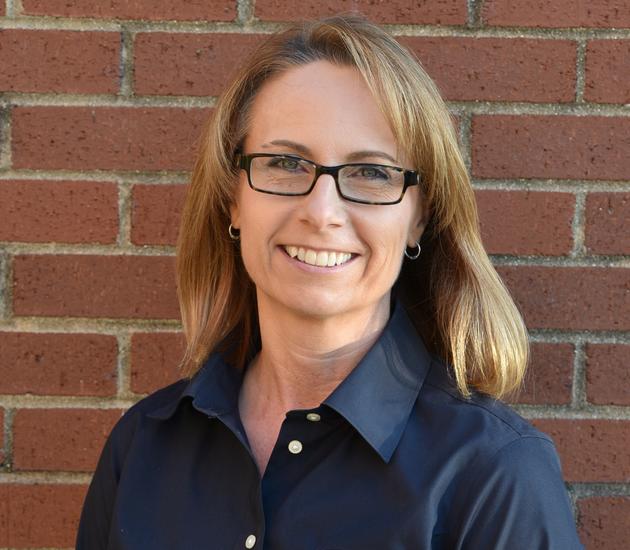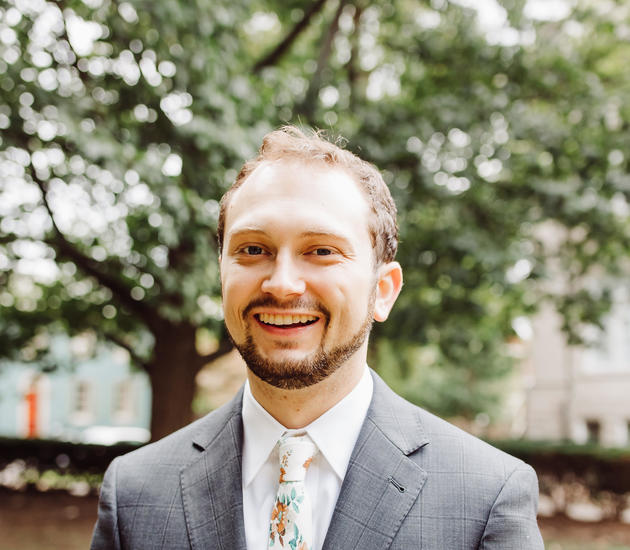Yuxin He graduated with her Ph.D. in chemical engineering from the University of Kentucky in 2020. She began working at Moderna in March 2021, where she is a senior engineer. We asked Yuxin what she does at Moderna and what it is like to work for a company fighting the COVID-19 pandemic.
What do you do at Moderna?
I work on the development of process analytics technology (PAT), identifying and evaluating characterization techniques. For that, I need to cooperate with scientists from different process development groups, modeling, and automation engineers to integrate PAT into our processes. My current focus is on Moderna’s DART project, which stands for Deployable Accelerated RNA Technology. The goal of this project is to develop mRNA manufacturing process that fits into a six-foot cube. This miniature manufacturing pod would allow us to realize the full potential of responding to outbreaks.
What can you tell us about how your work connects to Moderna’s COVID-19 vaccine?
As Moderna is trying to meet the urgent and expanding demand for the COVID vaccine all around the world and make it more available, we keep improving our processes for more efficient manufacturing. My work helps us know better about what we have been doing right about the production and how we could improve.
What has it been like to work for a company that is actively combating the pandemic and saving lives?
Things are going at a very fast pace at Moderna. Being in an interface position, I get to see how much things are changing every day in every functional group. We need to adapt because collaboration and communication are essential to get jobs done. Also, the higher management often sets a tone for being progressive and unconventional because that’s what got us where we are now.
How did your education at the University of Kentucky prepare you for what you’re doing now?
My Ph.D. projects gave me the opportunities to learn about and work with a wide variety of characterization techniques, which helped me set a good foundation to get into the PAT development. I had the pleasure to take the main responsibility of the maintenance and user training of the grazing-incidence small/wide-angle X-ray scattering (GIS/WAX) instrument in the department. I learned so much about different projects from my cohorts and found my passion for supporting different use cases in a cross-disciplinary environment. Being co-advised by two mentors with different focuses also makes me keep an open mind but also have a balance of making sure I have my own input of thoughts to my projects.
What are some of your career goals?
I’m interested in taking part in pushing the PAT development further for more effective tools to channel process data for digital and automated manufacturing.




